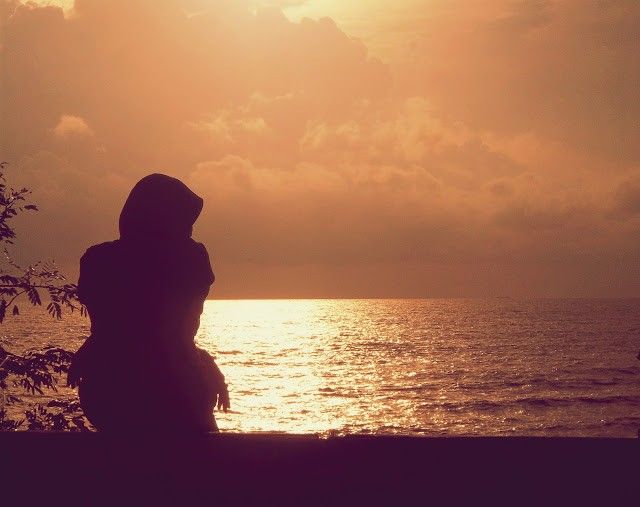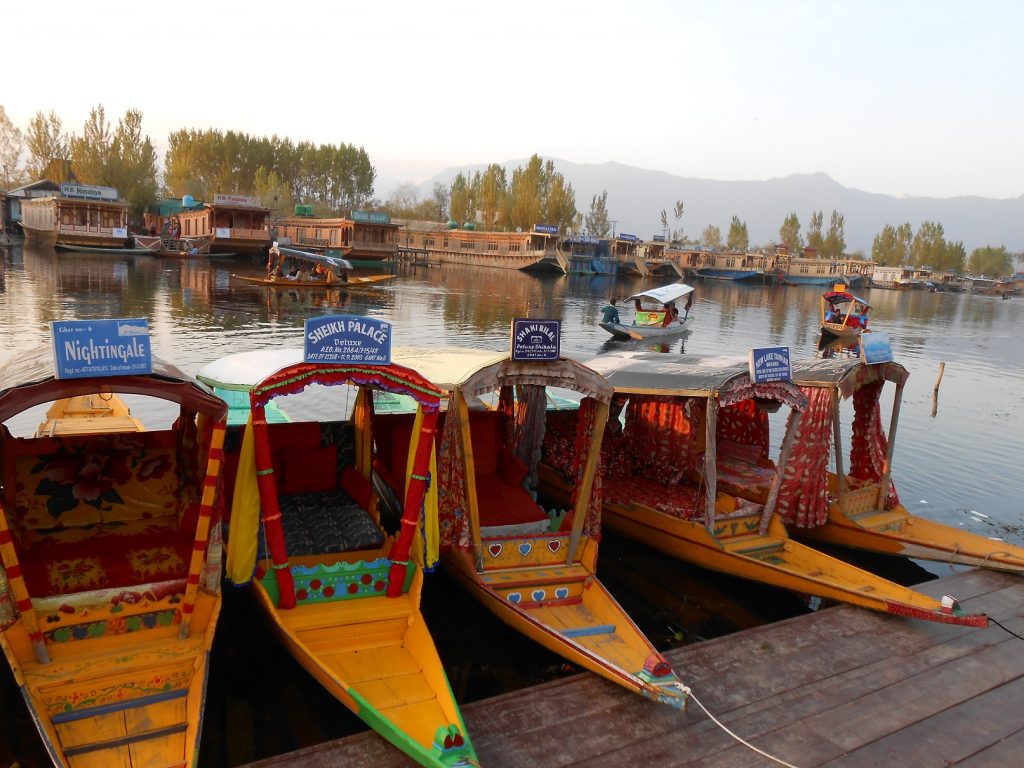The LGBT community of Kashmir lives an invisible life. Even more than transgender, gay or bisexual men, lesbians are a largely silent and indiscernible group. This hidden, invisible space forces them to live a mysterious and secretive life, mostly in shame and guilt. There are a number of explanations for this clandestine existence. The most important reason has to do with predominant Muslim culture and political uncertainty in Kashmir. The social reality of Kashmir is constructed on the norms of heterosexuality, monogamous marriage, and the control or denial of women’s sexuality.
Moreover, the religious fundamentalism and armed conflict increases the vulnerability and in these layers of oppression, female homosexuality remains overlooked.
The rigid sociocultural norms denounce lesbian and bisexual women just as they execute violence against heterosexual women and keep them in a subservient position in the family. Thus, gender discrimination and discrimination against lesbians and bisexual women go side by side.
Another reason is that public space in Kashmiri society is predominantly male; unlike gay or bisexual men who are able to find public places- mostly parks or lavatories etc. Although perilous and circumscribed, lesbians and bisexual women have no such spaces. Often they are confined to the home, which though defined as the woman’s space, is hardly the place where woman’s sexuality, least of all lesbian and bisexual women’s sexuality, can find expression and recognition.

Patriarchy forces all women, heterosexual or lesbian, into marriage, and thrusts them into mandatory roles of mother and wife. Though there are commonalties that lesbians share with other sexual and gender minorities, the way oppression operates among them is significantly different.
Lesbians and bisexual women in Kashmir are not treated with the same overt hostility as gays and transgender people, but this is usually only when they present themselves as femme.
For femme women in same-sex relationships, the blend of homophobia and misogyny they are subjected to is often based on men believing that the relationship exists for their sexual gratification. Interestingly, women who identify as ‘butch’ or present themselves in a more ‘masculine’ way, are treated with fear and contempt for trying to encroach on traditionally male territory and not conforming to normative ideals of female beauty. This kind of homophobia is very similar to the sexism that heterosexual women face when attempting to carve out a place in a place like Kashmir that is still dominated by men.
The most critical problem facing lesbians in Kashmir is the way society simply refuses to recognize them and tries to silence their existence. This is ensured through the family, which is most oppressive and least supportive for lesbian relationships. In fact, single women who discard marriage are safer and more tolerated by society than lesbian couples who want to be in a relationship. Even when some lesbians dare to come out of the closet and reveal feelings to their families, they regard their relationships as frivolous and temporary, which they would get over the moment they get married; they are even labeled as insane or possessed by evil spirits. They become the object of hate, physical and emotional abuse, and if the neighbors and relatives get to know about this ‘forbidden’ relationship, they incite others into boycotting the family.
The ‘normative’ discourse in Kashmir points towards the ideology that fosters the belief that only security for women is obtained from a marital relationship with a man. In our society, there is no space for individuality for women who have to live entirely according to social norms and parental demands. Nevertheless, many lesbians are able to continue their relationship even after their marriage……
- Crowdfunding for Trans Community of Kashmir - May 11, 2020
- Conversion Therapy Experience of a Kashmiri Lesbian - January 15, 2019
- What it is like to be a Lesbian in Kashmir - July 26, 2018

